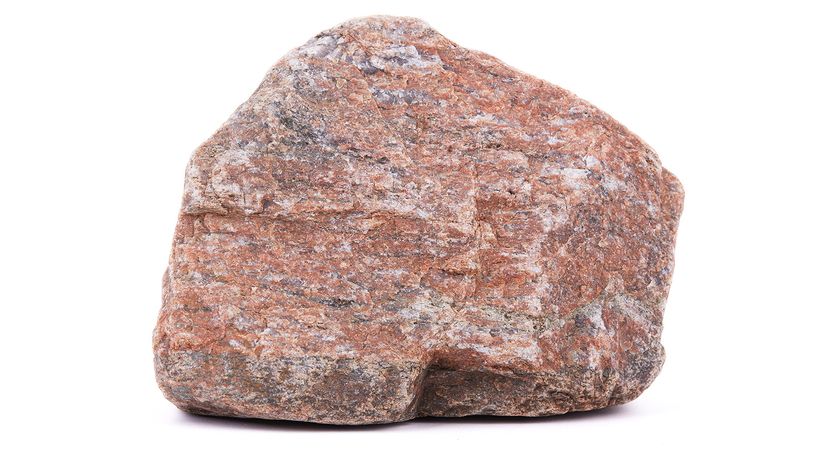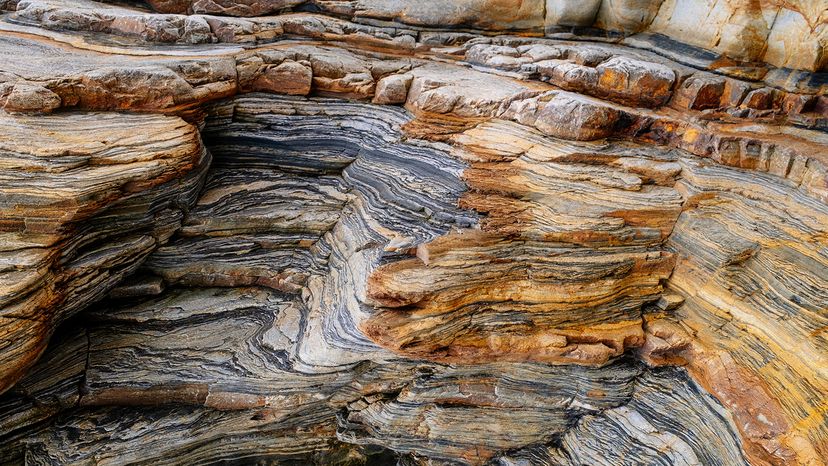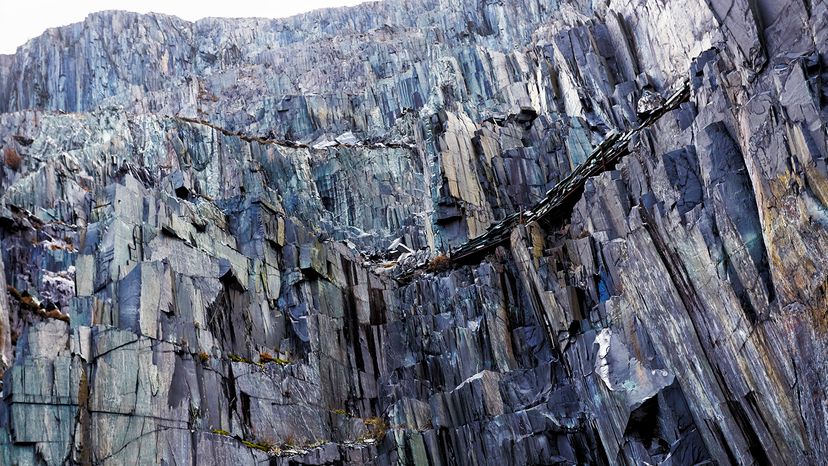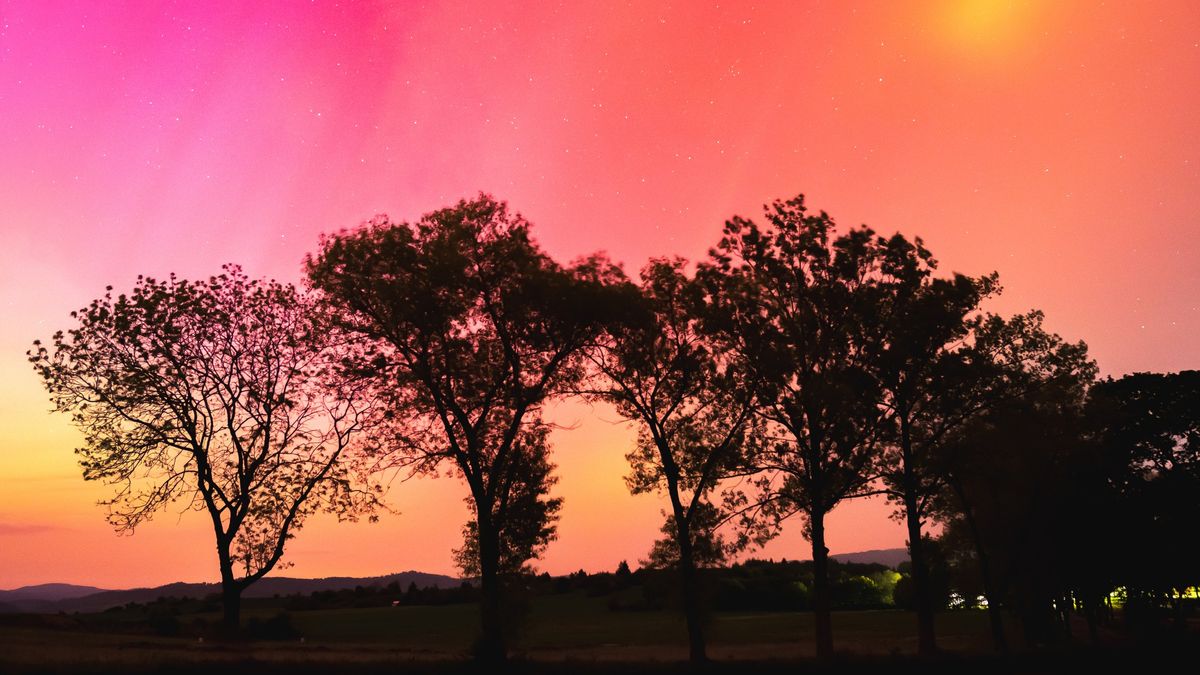
Rocks might look simple, but they tell an ancient story of Earth’s fiery depths, surface shifts and biological processes.
Geologists classify all types of rocks into three main categories: igneous rocks, sedimentary rocks and metamorphic rocks.
These three rock types make up the rock cycle and continuously transform from one type to another.
1. Igneous Rocks

Igneous rocks form when molten rock (magma) cools and solidifies.
If the magma cools beneath the Earth’s surface, it creates intrusive igneous rock like granite, known for its coarse grained texture and large crystals visible to the naked eye.
If magma rises and erupts as lava, it cools rapidly to form extrusive igneous rock like basalt or volcanic glass, which is fine grained and sometimes contains gas bubbles.
- Intrusive rocks: granite, diorite
- Extrusive rocks: basalt, obsidian
These hard rocks are often used as building stones due to their durability.
2. Sedimentary Rocks

These rocks are formed by the accumulation of sediment such as sand, clay-sized particles, shells and organic material.
Over time, layers compress and cement together, forming rocks like sandstone, shale and limestone (which is composed primarily of calcium carbonate).
These rocks are formed at or near Earth’s surface through biological activity and weathering. They often contains fossils and forms in layers, and are common around surface areas, riverbeds and lakes.
3. Metamorphic Rocks

Metamorphic rocks start as other rocks that are deeply buried and changed by intense heat, pressure or both. This transformation alters their minerals, texture and structure. Examples include marble (from limestone) and slate (from shale).
These rocks have a solid appearance with interlocking crystals or grains, often forming in regions of mountain-building or deep crustal activity
Whether you’re walking across solid rock or examining a diagram of Earth’s layers, these rock types explain a lot about our planet’s past.
From the Giant’s Causeway of Northern Ireland (a famous igneous formation) to coal deposits buried in ancient swamps, the formation and classification of rocks reveal a dynamic Earth in motion.
We created this article in conjunction with AI technology, then made sure it was fact-checked and edited by a HowStuffWorks editor.
























